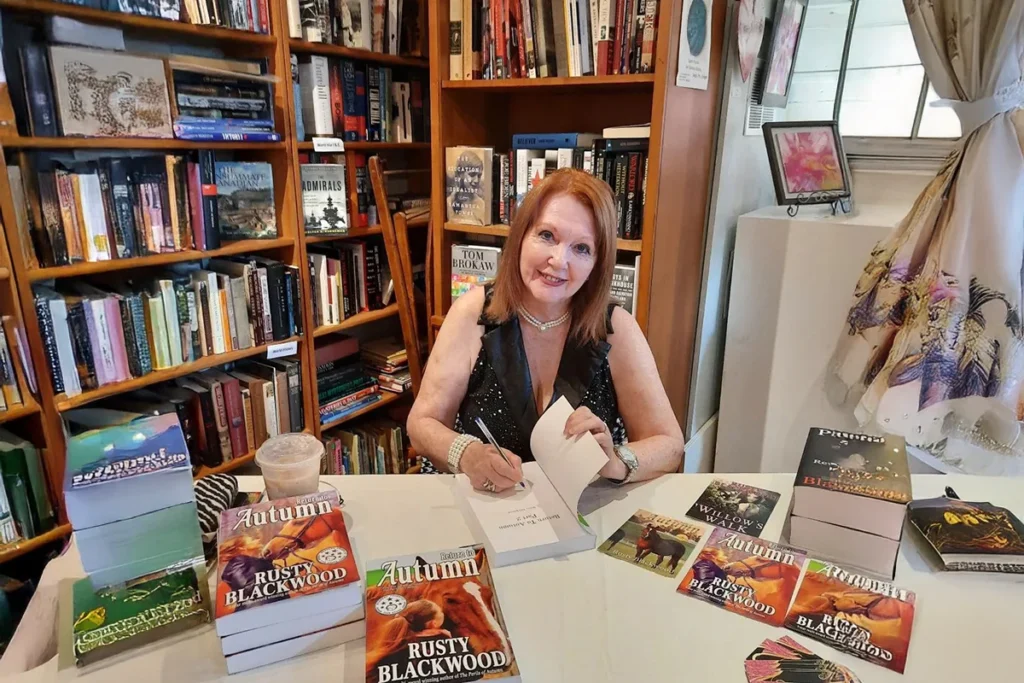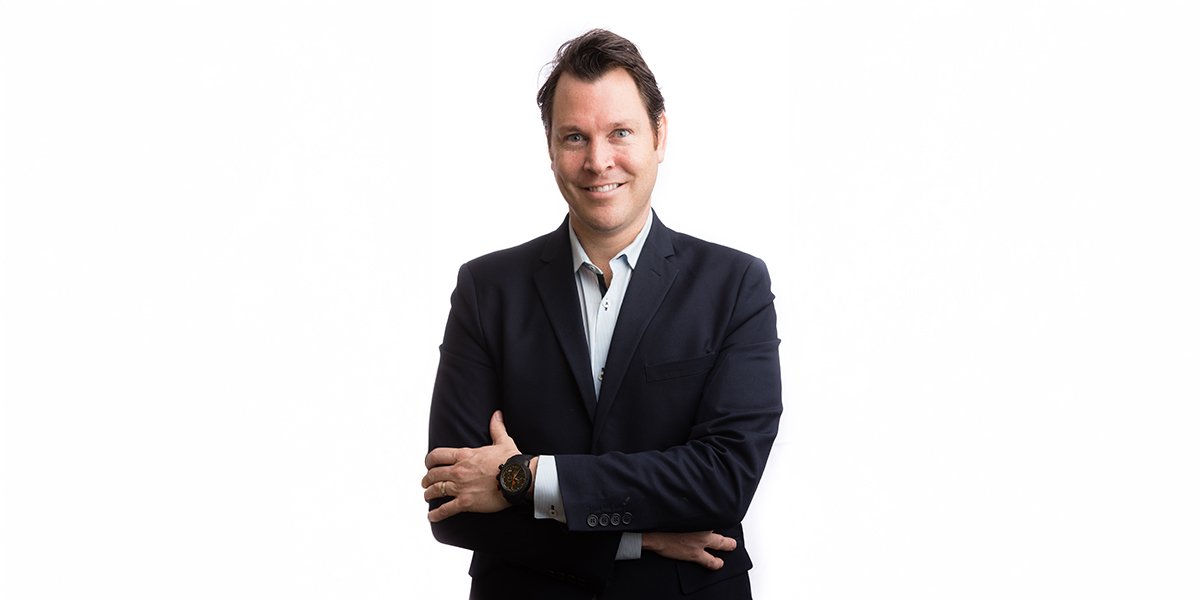PHOTO: Kate Church brings her artistic vision to life through sculpture and storytelling, captivating audiences with characters full of emotion and wonder.
Exploring The Unique Creative Process And Heartfelt Themes Behind Kate Church’s Work
Kate Church combines sculpture and storytelling to craft imaginative worlds inspired by Celtic folklore and personal experience, addressing themes of power, acceptance, and kindness through fantasy and children’s literature.
Kate Church is an author and artist whose work merges sculpture, puppetry, and storytelling to create whimsical, deeply emotive characters. Her unique approach breathes life into each creation, blending craftsmanship with imagination to build worlds where narrative, movement, and expression intertwine. Through her art, Church invites audiences to explore stories that spark curiosity and wonder, pushing the boundaries of traditional creativity.
Church draws much of her inspiration from folklore and history, particularly the myths of Northern Europe and Celtic culture. Her fascination with the Middle Ages in this region informs the architectural and cultural elements that shape the settings of her stories. This historical grounding provides a rich backdrop for her fantasy worlds, offering both authenticity and imaginative freedom.
Kate Church masterfully merges art and narrative, creating deeply emotive, imaginative stories that inspire kindness and challenge traditional fantasy tropes with authenticity and creativity.
Though she has a professional background in healthcare, Church says her experience has not directly influenced her storytelling. For her, writing is simply another form of art—a natural extension of her lifelong creativity. Her characters and worlds are born purely from imagination, separate from her healthcare work.
One of Church’s notable works, Seeking the Wolf, introduces the world of Caladh and explores the concept of shapeshifters. As an avid fantasy reader from childhood, she was motivated to fill literary gaps and twist familiar tropes to create fresh narratives. Her stories embrace the limitless possibilities of fiction, allowing each storyteller to craft a unique universe.
Themes of power and pride in Seeking the Wolf resonate with real-world issues. Church reflects on the many instances of power misuse and excessive pride witnessed in society. Her writing channels these experiences, sometimes subconsciously, through complex characters and their struggles.
In her series Lifting the Veil, Church tackled challenges of plot development and character dynamics by prioritizing consistency and cohesion. Extensive notes, detailed character biographies, and even maps helped maintain clarity in the intricate connections between characters and storylines. The theme of power shifting to unlikely individuals is explored through morally ambiguous characters, encouraging readers to interpret their actions and motivations for themselves.
Church also channels personal experience into her children’s book about Splat, a dinosaur who struggles with being different. Inspired by her son’s autism diagnosis, the story developed from shared storytelling during therapy drives. Splat represents her son’s perspective on kindness and acceptance, reflecting the challenges of feeling misunderstood. What began as a private tale grew into a comforting story for many, championing empathy and inclusion.
Bright colors and vivid illustrations were deliberately chosen to appeal to children and highlight Splat’s unique physical traits, making his differences visible rather than implied. Collaborating with Caleb Peregrine, an autistic paleontologist and artist from the UK, Church brought Splat’s character fully to life. This collaboration united the perspectives of three autistic creators, resulting in a story rich with authenticity and heart.
Kate Church’s work stands as a testament to the power of blending art forms and personal experience, creating stories that resonate emotionally and visually. Her imaginative worlds invite readers and viewers alike to explore themes of identity, power, and kindness in fresh and meaningful ways.
This article was adapted from an interview with Kate Church in the latest issue of Reader’s House.











